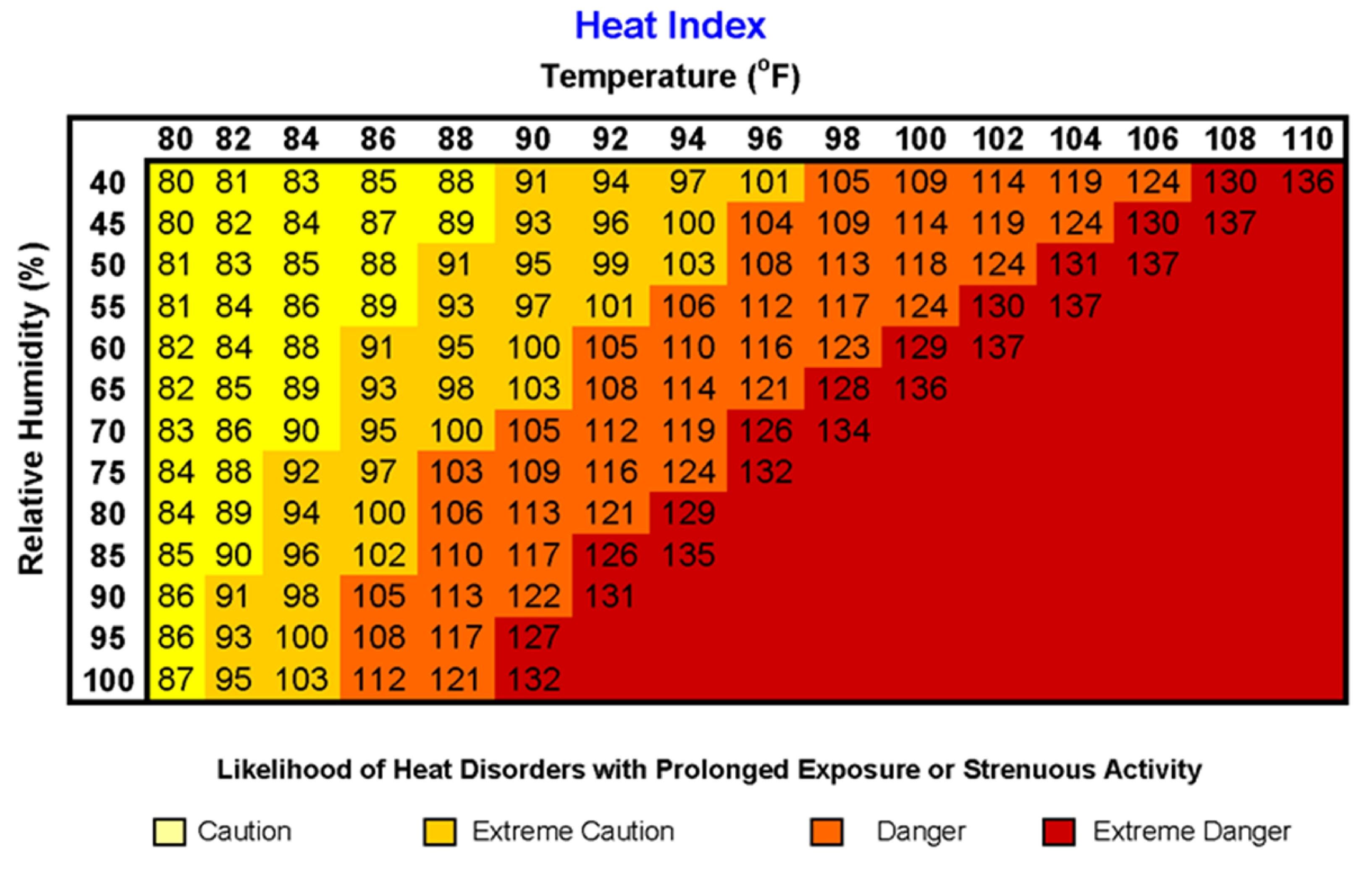
Prolonged or intense exposure to hot temperatures can cause heat-related illnesses, such as heat cramps, heat exhaustion, and heat stroke (also known as sun stroke). As your body works to cool itself under extreme or prolonged heat, blood rushes to the surface of your skin. As a result, less blood reaches your brain, muscles, and other organs. This can interfere with both your physical strength and your mental capacity, leading in some cases to serious danger.

HEAT CRAMPS
Symptoms
- Profuse sweating
- Involuntary spasms of the large muscles in the body
- Hard knots in muscles
What You Should Do
- Get to a cooler place
- Drink plenty of fluids
- Gently stretch the muscles that are cramping
HEAT EXHAUSTION
Symptoms
- Heavy sweating
- Weakness
- Cold, pale, and clammy skin
- Nausea or vomiting
- Fainting
What You Should Do
- Move to a cooler location
- Lie down and loosen your clothing
- Apply cool, wet cloths to as much of your body as possible
- Sip water
- If you have vomited and it continues, seek medical attention immediately
HEAT STROKE
Symptoms
- High body temperature (above 103°F)*
- Hot, red, dry or moist skin
- Rapid and strong pulse
- Possible unconsciousness
What You Should Do
- Call 911 immediately - this is a medical emergency
- Move the person to a cooler environment
- reduce the person's body temperature with cool cloths or even a bath
- Do NOT give fluids
PREVENTION of heat-related illness is best accomplished through proper planning and preparation, such as drinking water or other fluids every 15 to 20 minutes, even if you don't feel thirsty, drink fewer beverages that contain caffeine (such as tea, coffee and soda) or alcohol, wearing appropriate clothing and sunscreen, take frequent breaks, remaining in a cool environment, acclimating yourself to the hot environment, and using common sense.



